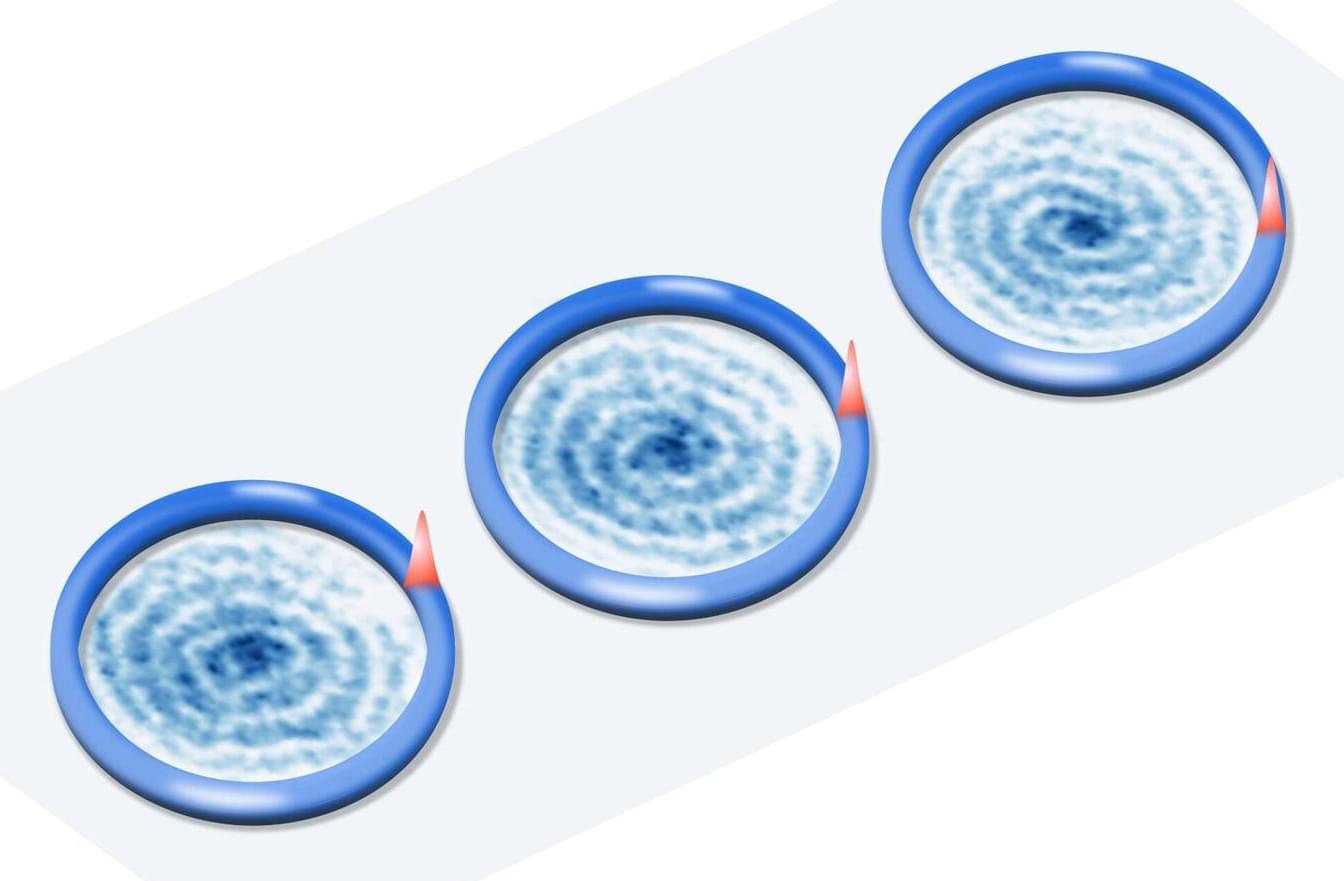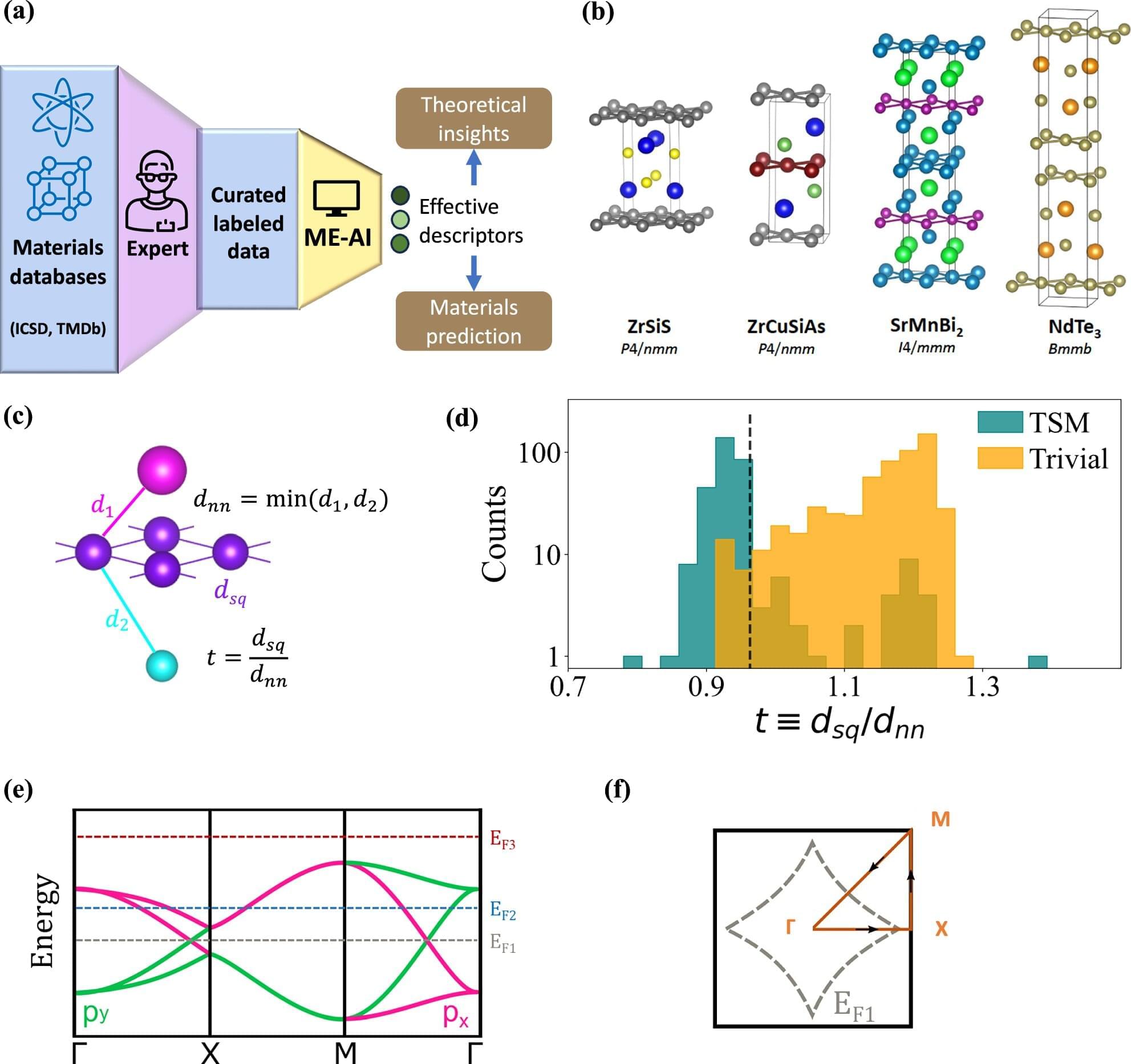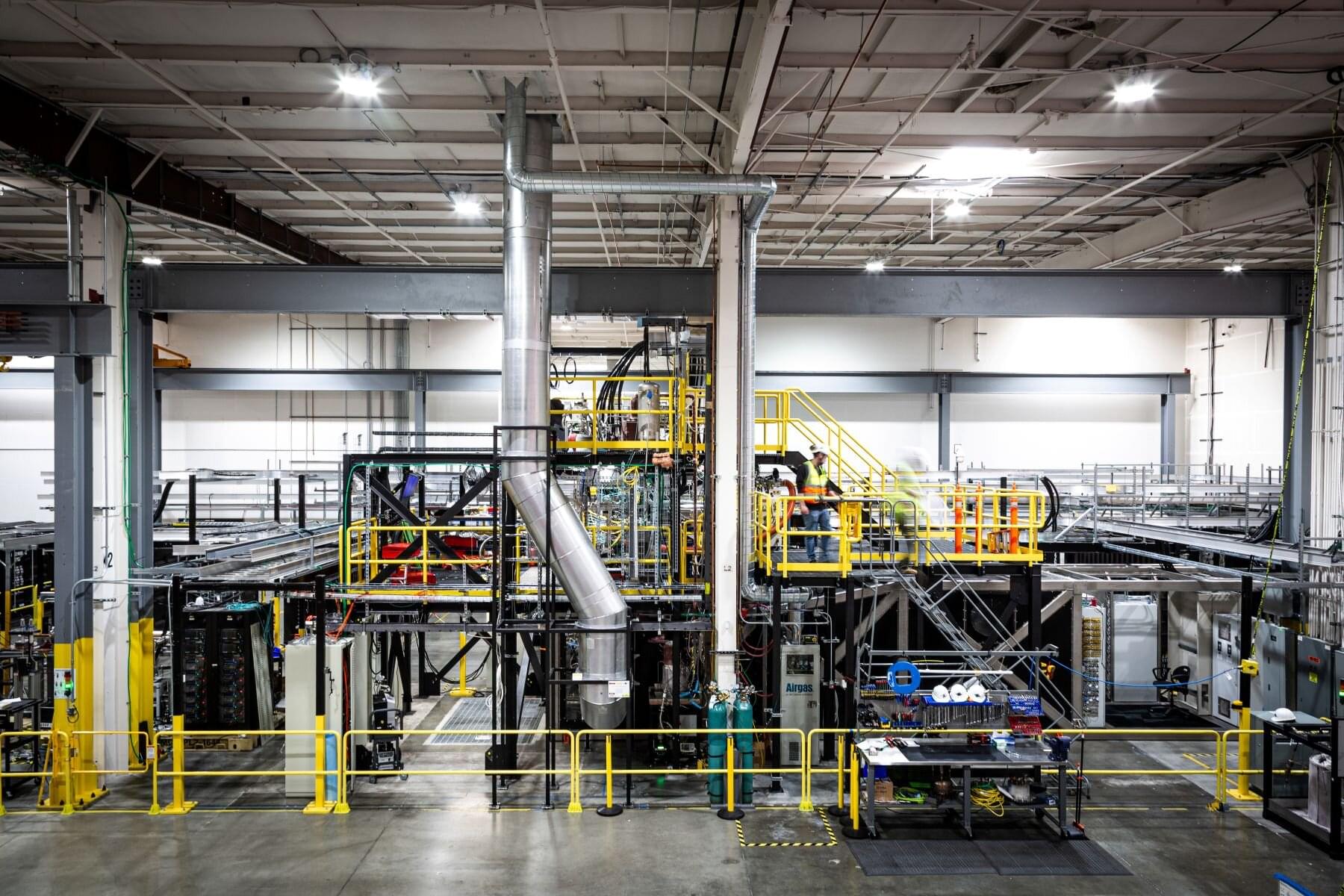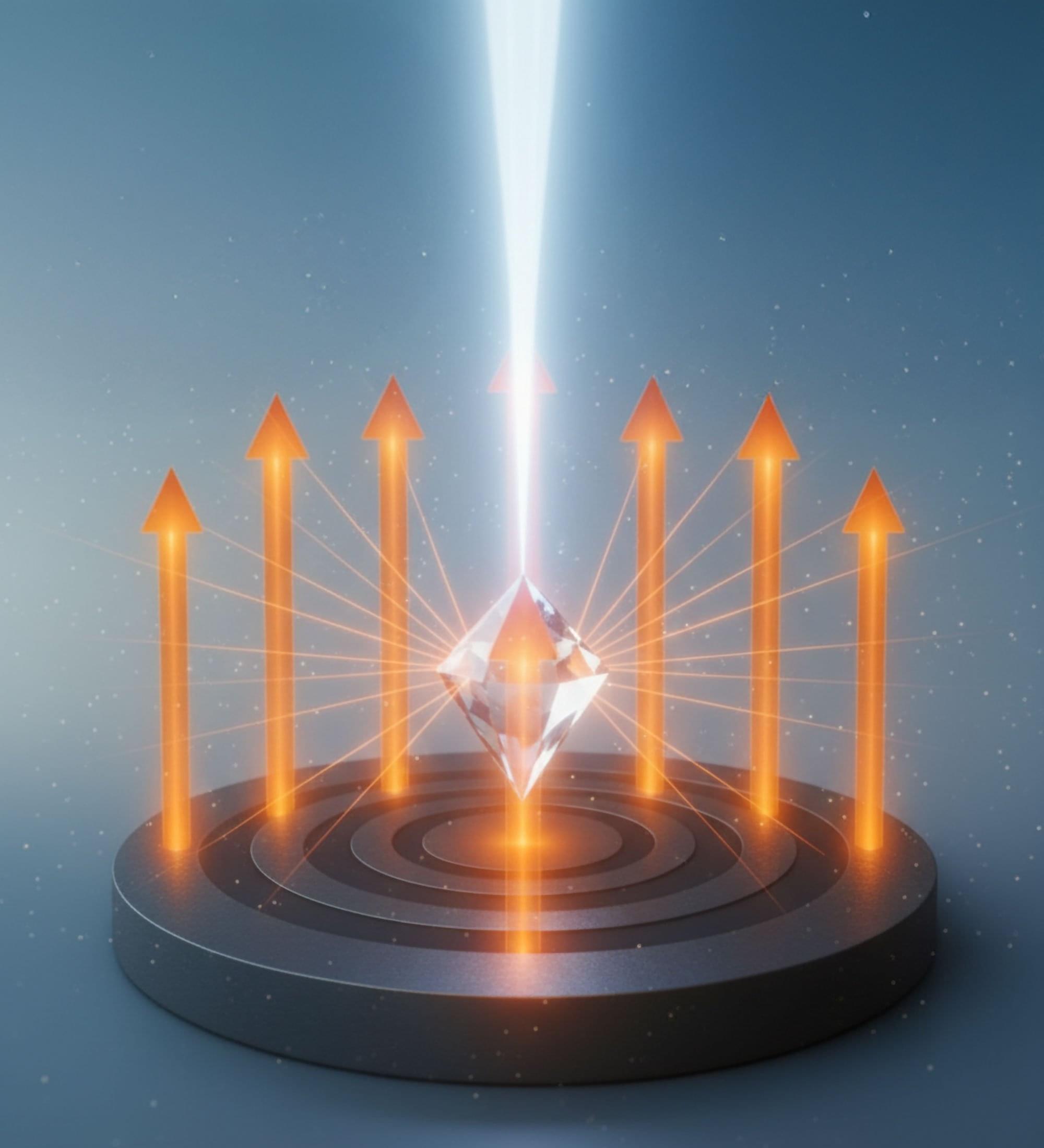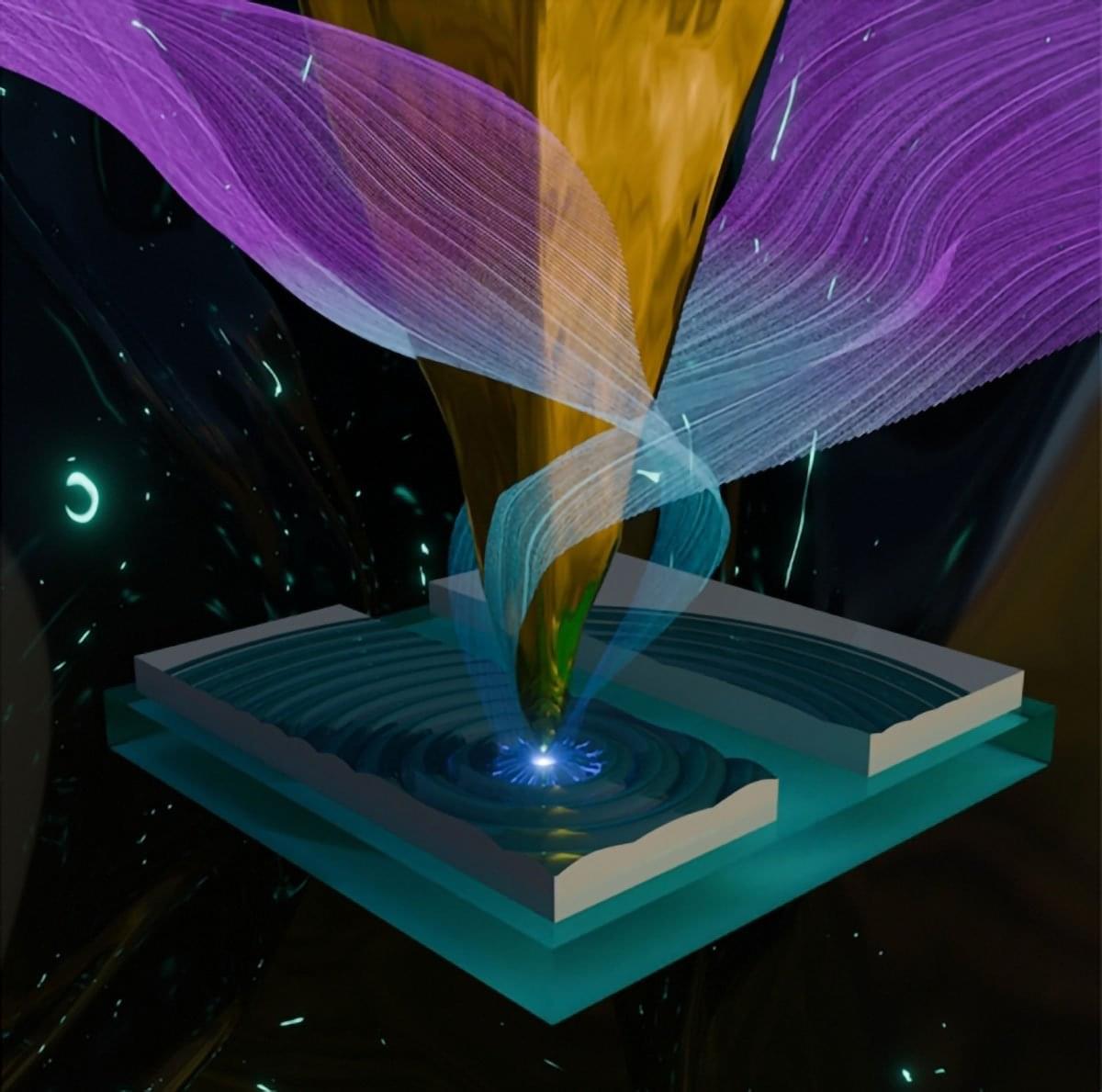Bloch oscillations are periodic oscillations of quantum particles in a repeating energy “landscape” (e.g., a crystal lattice) that are subjected to a constant force. These particle motions have been the focus of numerous physics studies, as they are intriguing quantum effects that are not predicted by classical mechanics theories.
Probing Bloch oscillations experimentally could thus yield new insight into the fundamental properties of quantum matter. So far, they have been primarily studied in individual particles or two-particle systems, as opposed to quantum many-body systems comprised of several particles.
Researchers at CNRS-ENS-PSL University and Sorbonne University report the observation of collective Bloch oscillations in a one-dimensional (1D) Bose gas, a quantum fluid comprised of bosons, which are particles that can occupy the same quantum state.
